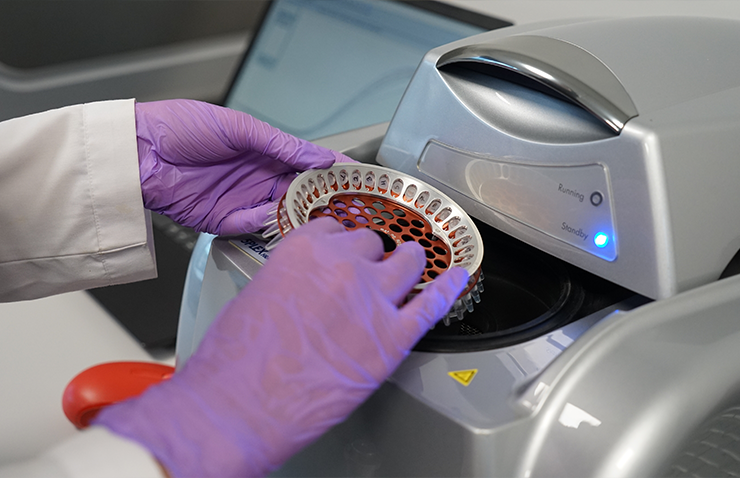Efficient production
Animal welfare
Preventing diseases and proper treatment
One healthy
Early diagnosis of zoonotic diseases
Check
Checking following vaccination and disinfection
Future
Scientific research projects
Accurate Diagnosis
Timely and reliable results
Contribition to country economics
Sufficient and healthy livestock
Food safety
Good quality Meat, Milk and Eggs from healthy livestock
Managing diseases
Determining the right strategy
Secure the future of your business.

 Virtual Tour
Virtual Tour
























